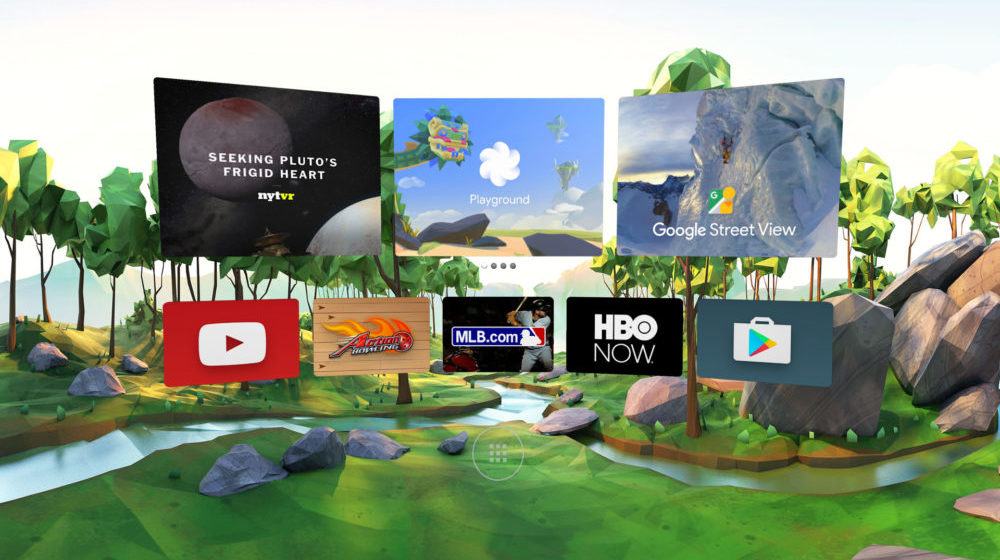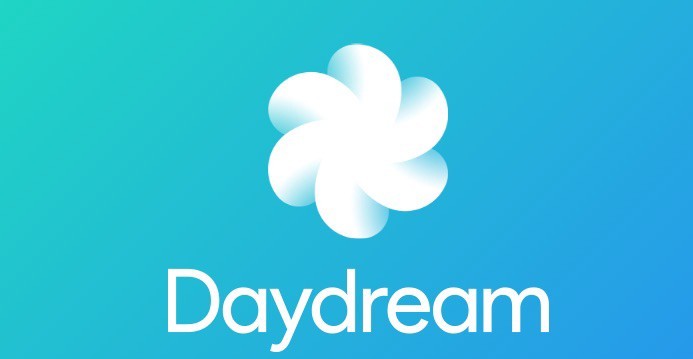
Technology really finds its way into various aspects of our daily lives. It’s easier to get a ride now anywhere through Uber. There used to be imaginative board games like Dungeons and Dragons, but now there’s a ton of RPGs and MMORPGs for gamers to pass the time. When there used to be tops we now have Beyblades and what used to be simple marbles can transform into little robotic creatures called Bakugans. Kites are passé as everybody uses drones. Even daydreaming is being infused with technology. Well, not really but it’s technically the same thing. Being in another world in one’s own head through Virtual Reality. Google isn’t playing with cardboard anymore. It now has Daydream.
Almost every major technology company is marketing some form of virtual or augmented reality technology— Oculus by Facebook, Hololens by Microsoft, HTC Vive and PlayStation VR by Sony so why not Google? Google has Cardboard which is while modest, brought virtual reality to the masses versus the over 500 bucks one would need for a VR headset from Oculus, not to mention the beefy specs it requires and the additional expenses gamers would have to shell out for it. Cardboard inspired other cheaply-made headsets that can house smartphones that support VR apps. But cardboard isn’t VR, or not at the same level of experience offered by Oculus Rift or HTC Vive. Google can do more, so it came up with the Daydream initiative.
Google Daydream is a more advanced VR technology from cardboard. Daydream promises much lower latency than cardboard apps which should give users a much better VR experience. More realistic but less throw-ups when going through a VR roller coaster app for example. Daydream will be built into Android N, but not all upcoming Android N devices will be able to support it. Unlike cardboard, not all phones can be used for Daydream. Google has specific standards to be followed by mobile phone manufacturers who wish to get into the Daydream VR bandwagon.
“I can tell you that there will most likely not be any ‘retroactively’ Daydream-ready phones. We want to hold a very high-quality bar, and for that to happen all the components need to be just right. So, to VR fans, I would say, hold off for a few months to get your next phone…and get a Daydream-ready phone.”
— Clay Bavor, Google VR
Newer phones with Android N that feature special screens and sensors will be able to run Daydream. Current flagship phones and other high-end units that can be upgraded to Android N might not make the cut which is unfortunate for those who just bought these expensive, high-priced flagships or got them on contract. They can always make do with Cardboard or daydream the old fashioned way.
Daydream will run through Android N’s VR mode. VR Mode is an ecosystem that will allow users to navigate inside virtual reality through a Daydream home screen to choose VR apps and content. VR mode will make these apps run smoothly through a series of optimizations that are done on specific hardware. All of that won’t be possible without headsets. But unfortunately, Daydream will not work on cardboard headsets or headsets made with the cardboard standard. Google also has set new design standards for headsets and controllers that will support the new platform, which means that while Google will market its own headset, other manufacturers can come up with their own take on sleekness, comfort and intuitiveness as long as they meet those standards. Bottom line, headsets should probably cost more than cardboard-based headsets but not as expensive as other competing VR platforms.
Who and When? The following manufacturers which include Samsung, Huawei, Alcatel, ZTE, Asus, HTC, LG and Xiaomi are slated to release Android N, Daydream capable phones very soon. What apps will support Daydream? Users can expect to use Netflix through Daydream, games from the likes of EA and Ubisoft, Youtube, Google Street View, Play Movies, Google Photos and of course the Play Store to get more apps.
While the newest flagships like Samsung’s Galaxy S7 might support Daydream VR, anyone who wants to experience Daydream should wait until fall for new phones or until Google publishes a list of Daydream-capable units just to be sure. If you’re a fan of ZTE units, the ZTE Axon 7 is here now. Google’s Nexus 6P can also run Daydream through the Android N Dev Preview.


